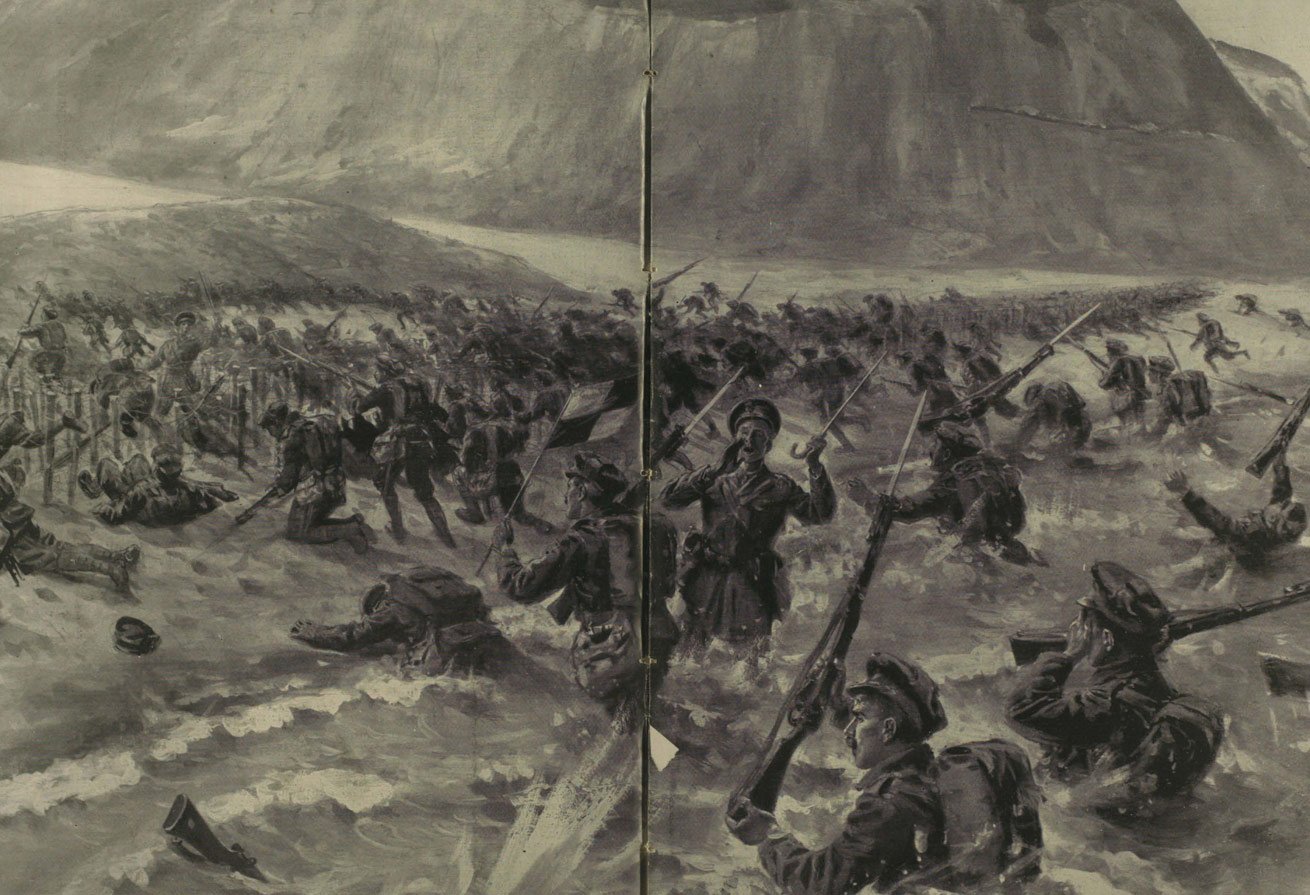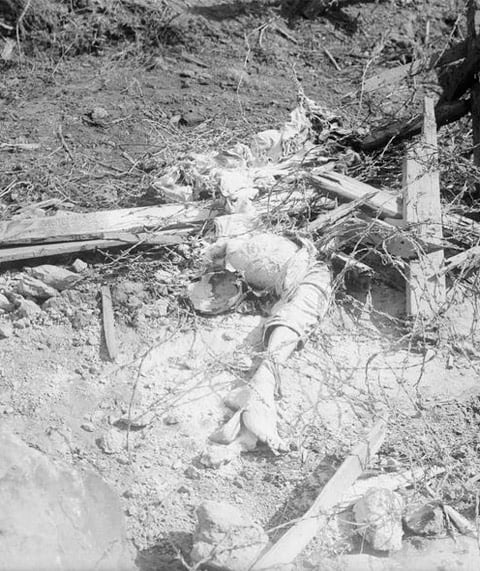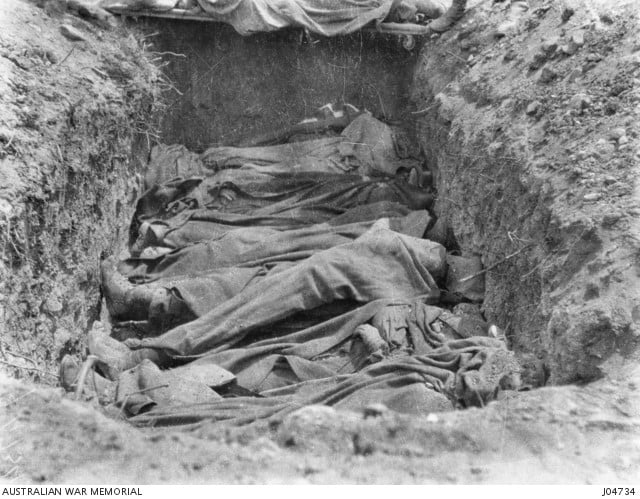

The Gallipoli campaign lasted 260 days from start to finish. The figures of exactly how many men died are difficult to estimate, but the most commonly agreed number is that there were some 130,840 deaths. Approximately 4,000 of these men were Irish. In addition to those who died, 392,856 men were injured during the campaign. By far the biggest loser in terms of men who died was the Ottoman Empire. 86,692 of their men died defending Gallipoli.
All these men didn’t die in the battles during the campaign. Unfortunately, Gallipoli was a dangerous place to be even when there wasn’t fighting. In the most deadly month of the campaign, August 1915, for example, 10,477 allied soldiers died. The total was made up of:
So, even in a month when the fighting was at its most intense, and there was a major new offensive opened up by the allies, still over 6% of men were dying from disease and illness. For other months this is much higher. In December for example, 49% of all allied deaths at Gallipoli were due to disease and illness. A good example of illness at Gallipoli was the case of Private John Riordan from Tralee. He was 33 years of age when he landed in Gallipoli and was evacuated suffering from gastroenteritis, and subsequently contracted dysentery while in hospital in Malta. He was the shipped to England to recover. Although Private Riordan didn’t die of his illnesses (he was killed in action in France in October 1917), he contracted exactly the kinds of illnesses that did kill so many of his fellow soldiers.
Across the period of the whole campaign men also died as a result of:

The main military killers at Gallipoli were:
Additionally men died at the front line from: